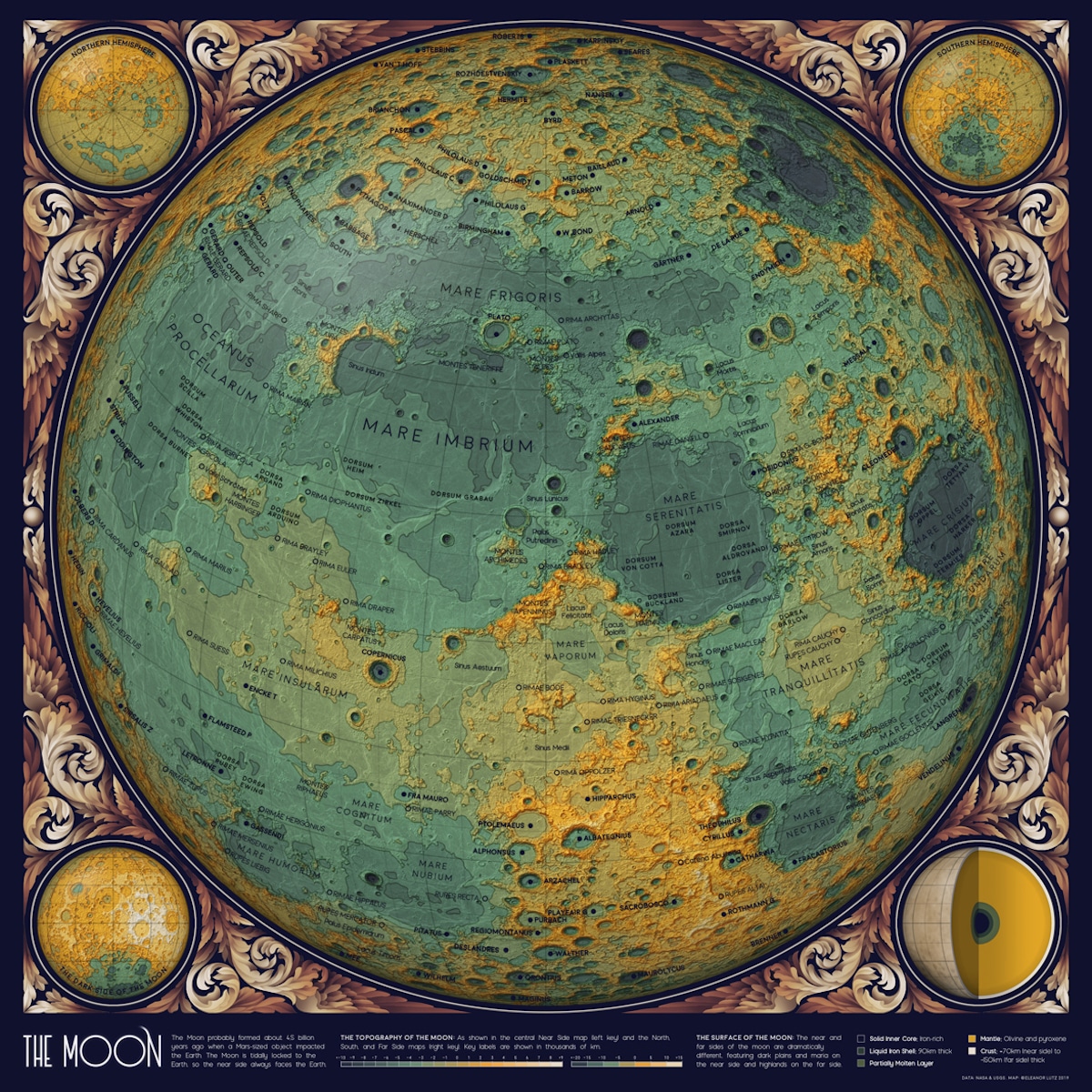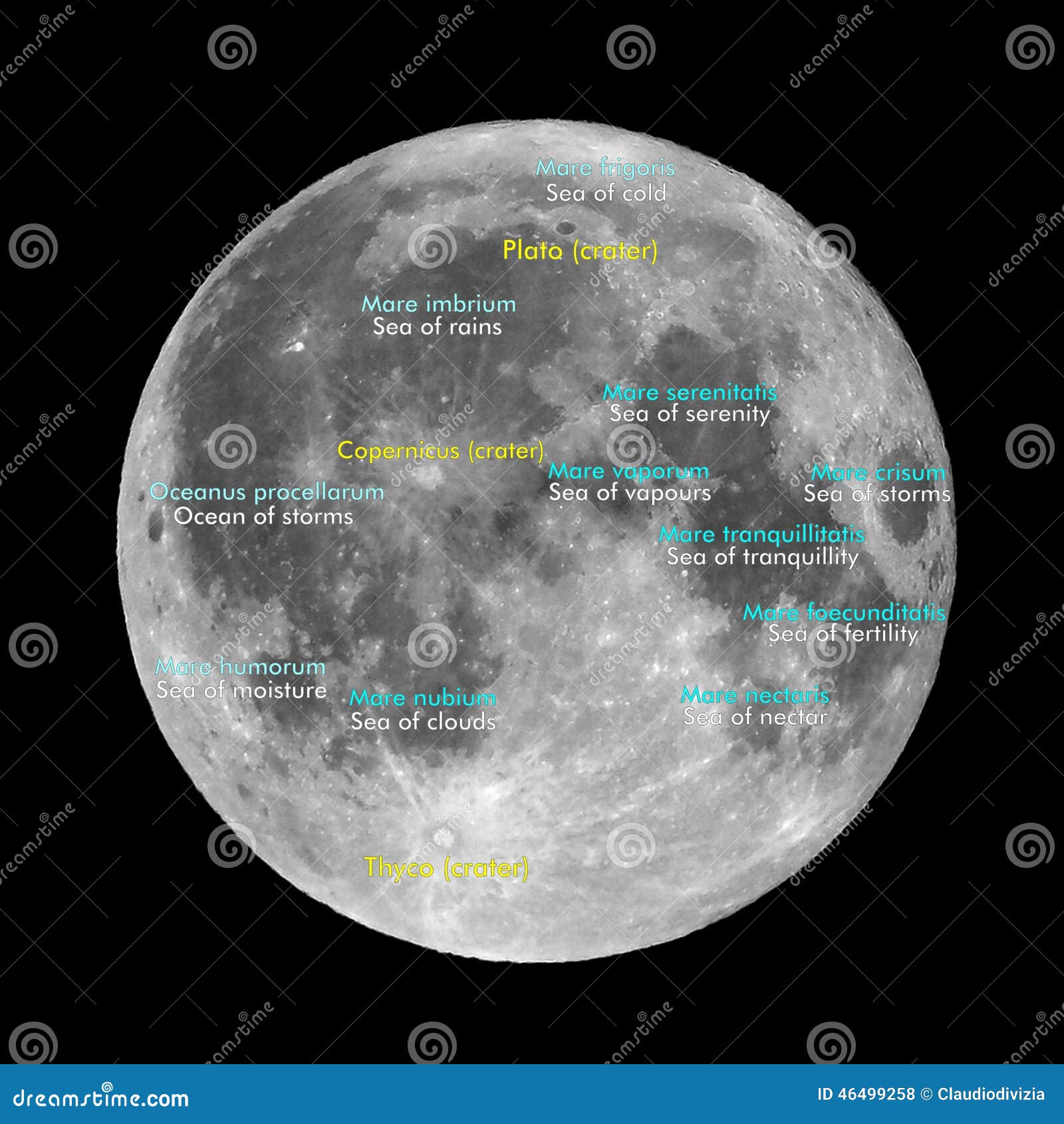
For this, he uses a variety of optics, from the smallest binoculars to the 20" Dobsonian. He has been an active deep-sky observer for over 20 years, and since then, he has visually observed over 2000 objects and drawn many of them.

Ronald was editor of the magazine "interstellarum", which he co-founded in 1994. In 2000 he founded the Oculum publishing house, whose first title was the "Deep Sky Guide". Printed on laminated paper, dew wipes off easily, and the atlas will last a long time.Ĩ0 pages, wire-o binding, waterproof, 21cm x 30cm, fully colored, ISBN 978-3-94, December 2022 (1st edition) Author Atlas pages are printed to the margin and with the wire-o binding, pages can be spread out easily. The colours are optimised for usage with a red torch at night. The Duplex Moon Atlas is designed to be used at the eyepiece. The Duplex Moon Atlas is based on the high-resolution digital Wide Angle Mosaic (WAC) by the camera on board the NASA Lunar Reconnaissance Orbiter (LRO) satellite, which consists of 1300 individual images with a resolution of 145m per pixel. Alphabetical index of all features and sites.All impact and landing sites of human spacecraft ever to touch the lunar surface.About 6000 secondary craters to 10° of the nearside‘s rim.1261 named main features, including all named craters, mountains, valleys, hills, and rilles of the lunar nearside.Eight additional charts of areas of the lunar farside which earthbound observers can see in favourable libration conditions.38 charts of the whole lunar nearside with consistent shadow setting.Based on a high-resolution digital model rather than photos or drawings.Two separate sections for users of refractors with star diagonal and reflectors.The new concept combines a number of unique features:
#THE MOON ATLAS OF THE MOON FREE#
Although, as any scientist knows, correlation does not mean causation.The Duplex Moon Atlas is the ultimate tool for those observing the lunar surface. eTextbook 17.15 - 44.00 Read with Our Free App Hardcover 203.18 2 Used from 203.18 Using the latest methods in digital photography and image processing, The Cambridge Photographic Moon Atlas presents sixty-nine regions of the lunar landscape in large-format images with corresponding charts. Scientists are still investigating whether human and animal behaviours do in fact correlate with lunar cycles.
#THE MOON ATLAS OF THE MOON FULL#
Then there’s the folklore, like the tale of a man who morphs into a werewolf when bathed in the light of the full Moon, wreaking havoc on society. The words “lunatic,” “lunacy,” and “loony” all trace their origins back to “Luna,” the Latin word for moon. Many people believed celestial objects affected personality, health, and disease-for example, they thought that the Moon brought fever, and even abrupt psychiatric changes.

The crescent Moon and star are a symbol associated with Islam and is featured on several countries’ flags, including those of Turkey, Libya, and Pakistan.Īs humans began to learn more about the Moon and about science, some intriguing theories about the Moon’s influence entered the conversation. Humans have built structures-like Neolithic stone circles in Scotland and pyramids in Mexico-to honour that brilliant waxing and waning orb in the night sky. ( The most iconic images in space history have been 'remastered'. Chandra, the Hindu god of the moon (also known as Soma), was also believed to control fertility and plants. In ancient Egypt, the moon was male embodied by the gods Khonshu and Thoth. The Chinese revered the goddess Chang’e, whose origin story is a key part of China’s modern-day celebration of the Mid-Autumn Festival, which celebrates the brightest full Moon of the year.

Some of the best known were female, like Selene, worshipped by the ancient Greeks who believed she drove the Moon in her chariot across the sky each night. Moon deities were both gods and a goddesses in different faiths around the world. In numerous cultures-as exemplified in Korean mythology-the Sun and Moon were often connected as siblings or companions of some sort, and almost always each was assigned a separate gender. Associating it with different deities, cultures all over the world revered it. Of course, the Moon’s prominence in the night sky has influenced humanity for millennia.


 0 kommentar(er)
0 kommentar(er)
